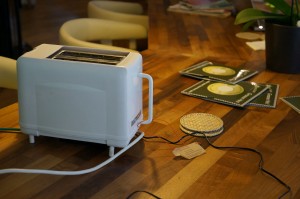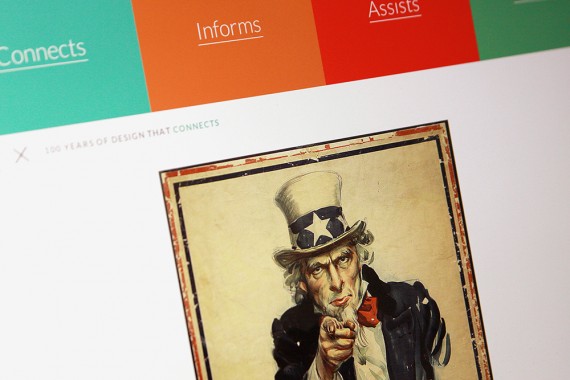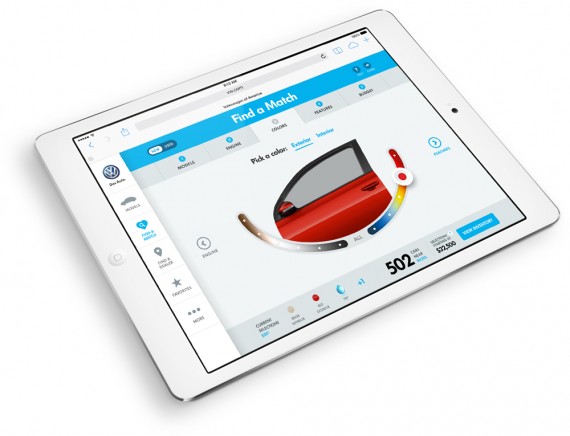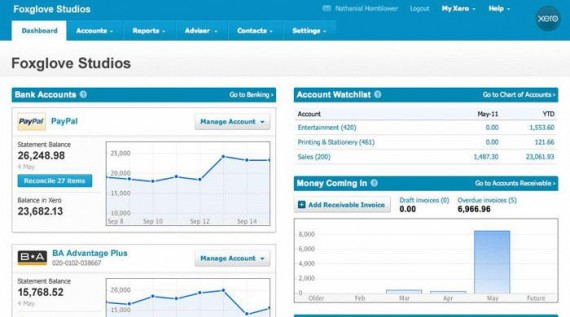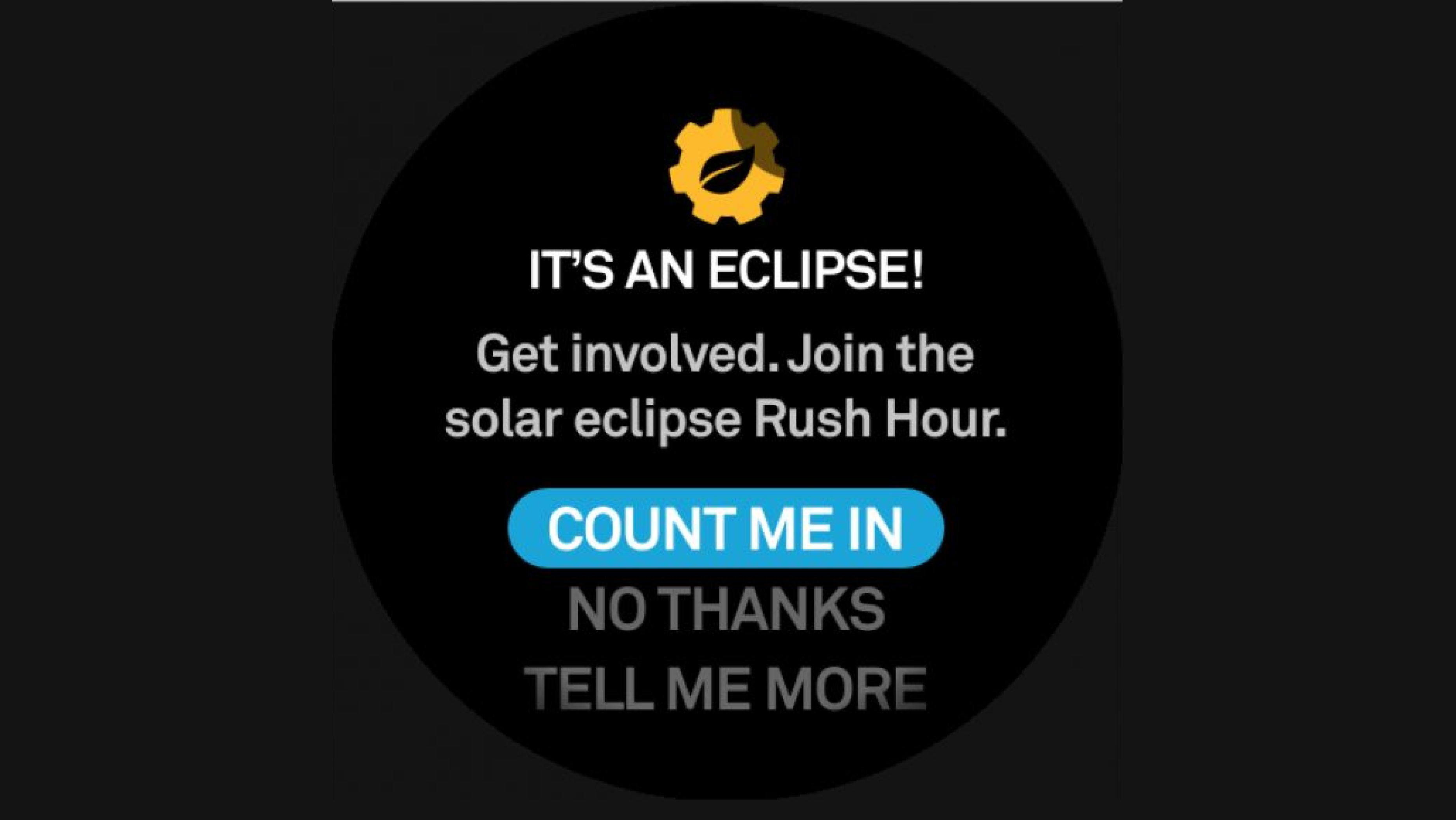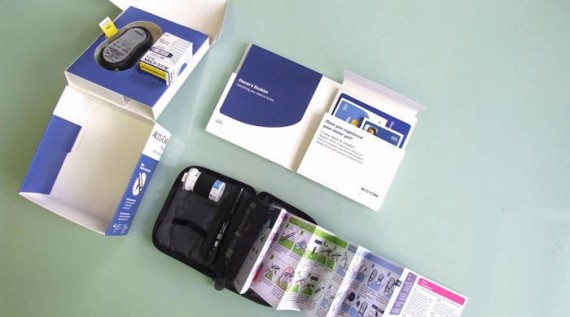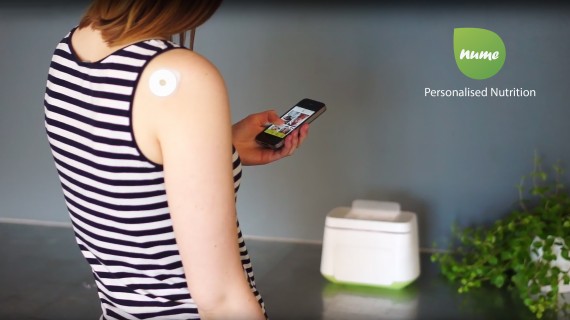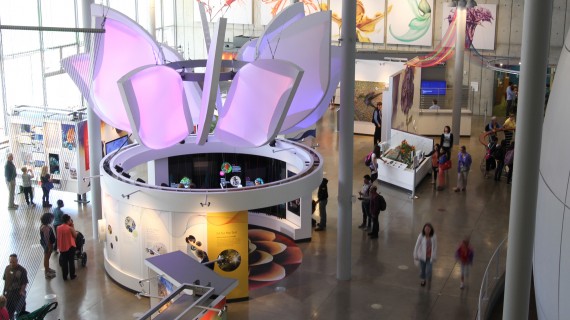Addicted Products
Team
Company | Institution
Category
Type
Project description
In every vision of near future homes, households products are those ones that are connected to each other and always working together in harmony, creating that perfect, modern, and yet somewhat boring scenario. However connectivity changes not only the way we interact with objects, but also their meaning in our life. From tools they can became agents or companions with their own behaviour, motives and agency.
I explored this scenario from the point of view of one of these products, looking at connectivity as a drastic change in its life. Suddenly a product could start to compare to others and its being used becomes relative.
A sort of “peer product pressure” could emerge and change the behaviour of the product. Pushed by the pressure in its addiction, it would act in ways that are not completely understandable by humans, but that are driven by the increasing need for pleasure and relief. What could a product do to try to be used? What limits could it break? What would be its ultimate extreme decision? Stop working? Sell itself? Suicide?
Addicted Products is a speculation, a question pointing towards our relationships with objects and the implications of designing smart and connected.
Context
I for sure understood toasters better, but it came trough a reflection of the complicated relation that we have with consumption of physical goods.
It is not implausible that is some near future, growth of production may become impossible.
Commodities such as household products are often taken for granted, but they may become unavailable to everyone due to the growing amount of requests and limited material resources. Our relationship with object might suddenly have to change.
However we mostly focus on people, trying to design product to change behaviour and consumption, we think of services with in mind the person that will be using them.
I tried to flip the problem and look it from the opposite perspective and design a service for the products themselves to support their own goal of being used in the best way possible.
Designing an addiction of a product as a contrasting force to the “addiction” to consumption of our modern society.
People were less users and more used by the toasters. They would host them, they could know how they were doing, but they were mostly spectators, judged by objects, trying to change their habits as a reaction to the toaster behaviour.
Impact
“Brad” and other toasters went around for many weeks comparing each other, complaining, and trying to find new owners. Some people spoke to toasters on twitter, some people got annoyed and disconnected it.
Offices organized parties to get more toast done or cheated by making multiple fake toasts in a row. I received frightened emails asking what to do in order not to loose the toasters, offers from people willing to pay to get one over the ocean, offers to pay “premium fee” to keep it, and requests from a lonely Italian grandma.
Somehow it was exciting to have a sentient or smart or whatever-it-is toaster. Somehow a talkative toaster can quickly become old and forgotten or even annoying. Somehow it was unexpected to realize that a toaster could be unhappy about you as a user. Somehow it was also surprising that a toaster can have a whole parallel life and could leave you for a better habitat.
Somehow it is complicated to realize that we may might not have buying power towards products, but rather, only keeping power.
Craft
The project was a self-initiated exploration about addictions and particularly about how they bring about drastic decisions and actions. It started by focusing on people and then shifted to objects.
I started by defining a model of addictions and designing small simulations of this model using the most simple product possible: a sensor. Iteration by iteration I discovered interactions and rules that informed the final concept, even from limitation and errors given by code.
The toaster became the subject of further experiments as it is an icon of average, ubiquitous, and “most-likely-to-be-connected-to-the-web” product. The aim was to keep the product as anonymous as possible and play with subtle ways of behaving differently, in order to avoid uncanny talking products. A language of communication of its state was defined by using its lever augmented with a motor, playing simply with speed and repetition.
I then tested the concept by creating a “real, fictional service” with five toasters (connected trough Pachube and actuated with Arduinos) were sent around to homes, offices, and studios around London and website was then implemented to host the service and attract people to subscribe to become desirable new hosts that a non-happy toaster could try to contact.
I explored this scenario from the point of view of one of these products, looking at connectivity as a drastic change in its life. Suddenly a product could start to compare to others and its being used becomes relative.
A sort of “peer product pressure” could emerge and change the behaviour of the product. Pushed by the pressure in its addiction, it would act in ways that are not completely understandable by humans, but that are driven by the increasing need for pleasure and relief. What could a product do to try to be used? What limits could it break? What would be its ultimate extreme decision? Stop working? Sell itself? Suicide?
Addicted Products is a speculation, a question pointing towards our relationships with objects and the implications of designing smart and connected.
Context
I for sure understood toasters better, but it came trough a reflection of the complicated relation that we have with consumption of physical goods.
It is not implausible that is some near future, growth of production may become impossible.
Commodities such as household products are often taken for granted, but they may become unavailable to everyone due to the growing amount of requests and limited material resources. Our relationship with object might suddenly have to change.
However we mostly focus on people, trying to design product to change behaviour and consumption, we think of services with in mind the person that will be using them.
I tried to flip the problem and look it from the opposite perspective and design a service for the products themselves to support their own goal of being used in the best way possible.
Designing an addiction of a product as a contrasting force to the “addiction” to consumption of our modern society.
People were less users and more used by the toasters. They would host them, they could know how they were doing, but they were mostly spectators, judged by objects, trying to change their habits as a reaction to the toaster behaviour.
Impact
“Brad” and other toasters went around for many weeks comparing each other, complaining, and trying to find new owners. Some people spoke to toasters on twitter, some people got annoyed and disconnected it.
Offices organized parties to get more toast done or cheated by making multiple fake toasts in a row. I received frightened emails asking what to do in order not to loose the toasters, offers from people willing to pay to get one over the ocean, offers to pay “premium fee” to keep it, and requests from a lonely Italian grandma.
Somehow it was exciting to have a sentient or smart or whatever-it-is toaster. Somehow a talkative toaster can quickly become old and forgotten or even annoying. Somehow it was unexpected to realize that a toaster could be unhappy about you as a user. Somehow it was also surprising that a toaster can have a whole parallel life and could leave you for a better habitat.
Somehow it is complicated to realize that we may might not have buying power towards products, but rather, only keeping power.
Craft
The project was a self-initiated exploration about addictions and particularly about how they bring about drastic decisions and actions. It started by focusing on people and then shifted to objects.
I started by defining a model of addictions and designing small simulations of this model using the most simple product possible: a sensor. Iteration by iteration I discovered interactions and rules that informed the final concept, even from limitation and errors given by code.
The toaster became the subject of further experiments as it is an icon of average, ubiquitous, and “most-likely-to-be-connected-to-the-web” product. The aim was to keep the product as anonymous as possible and play with subtle ways of behaving differently, in order to avoid uncanny talking products. A language of communication of its state was defined by using its lever augmented with a motor, playing simply with speed and repetition.
I then tested the concept by creating a “real, fictional service” with five toasters (connected trough Pachube and actuated with Arduinos) were sent around to homes, offices, and studios around London and website was then implemented to host the service and attract people to subscribe to become desirable new hosts that a non-happy toaster could try to contact.


